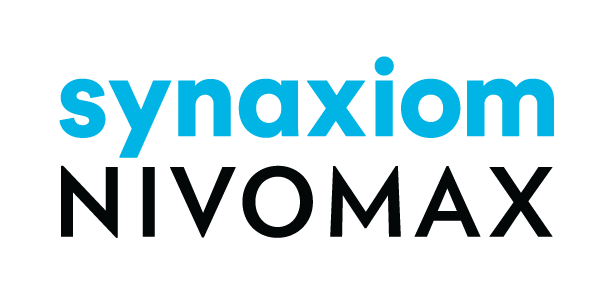Setting Expectations for Printing S1000D Data Modules with NIVOMAX
Last Updated on July 17, 2024 | 4 min read
NIVOMAX is a sophisticated system designed to process S1000D Data Modules, generating HTML output for on-screen display. The S1000D specification provides detailed guidelines on how page-oriented publications should appear, typically achieved by processing XML with XSLT to create a PDF. NIVOMAX Builder utilizes an in-house HTML generating engine that produces HTML output meeting the standards for Interactive Electronic Technical Publications (IETP).
Implementing S1000D: The Big Picture
When implementing S1000D, several key components are necessary:
- CSDB (Common Source DataBase): A central repository for managing technical documentation.
- Authoring Tools: Tools used to create and edit content according to S1000D standards.
- Output Formats:
- DDN (Data Dispatch Note): Used for data distribution.
- PDF: For page-oriented, book-formatted publications.
- HTML: For web-based, interactive electronic publications.
NIVOMAX integrates at the end of the content publishing workflow, where the NIVOMAX Builder consumes Data Dispatch Notes (DDNs) exported from PLM or other systems. It creates output specifically for the NIVOMAX Viewer, ensuring that the content can be displayed electronically through the viewer.
What is NIVOMAX?
NIVOMAX is designed to provide interactive electronic access to technical manuals. The key components in this process are:
- NIVOMAX Builder: Processes S1000D Data Modules, generating HTML for the NIVOMAX Viewer.
- NIVOMAX Viewer: Displays content electronically, configured for specific customer distributions.
- Secondary Feature – Printing: Offers the ability to print individual Data Modules, not for generating page-oriented books.
Customer Expectations vs. Reality
Customers may expect the print output from NIVOMAX IETP Viewer to match the formatting of XML to PDF conversions using XSLT for generating page-oriented outputs. While our system aims to meet these expectations, there are important distinctions and limitations to consider when printing directly from a browser compared to exporting a PDF using dedicated tools designed for that purpose.
Printing to Paper vs. Exporting to PDF
- Interactivity and Usability:
- PDF Export: PDFs offer interactive features like zooming, searching, and clickable links, which enhance electronic navigation.
- Paper Printing: Printed documents are static, providing a reliable reference but lacking the interactivity and flexibility of PDFs.
- Consistency and Formatting:
- PDF Export: PDFs ensure consistent formatting across devices and printouts because the layout is precisely controlled by the XSLT processing.
- Paper Printing from Browser: Formatting can vary significantly when printing from a browser due to differences in how browsers interpret CSS, leading to inconsistencies in layout and appearance.
CSS Limitations and Browser Variability
- Browser Variability: Different browsers handle CSS differently, affecting print output.
- CSS Constraints: CSS has limitations in controlling complex layouts and precise formatting, leading to discrepancies.
Limitations of Browser-Based Printing
- Browser Variability: Inconsistent rendering across different browsers.
- CSS Constraints: Limited control over complex layouts and precise formatting.
- Print Functionality: Browser print functions are less sophisticated than dedicated PDF tools, leading to issues with pagination, font rendering, and layout.
Fixed Orientation and Page Size vs. Flexibility
- PDFs: Have a fixed orientation and page size.
- HTML Printing: Offers flexibility with numerous options for layout and formatting.
Intended Use of NIVOMAX
NIVOMAX is designed as an Interactive Electronic Technical Publication (IETP) system. The best way to utilize our platform is to access and interact with manuals electronically through the software. The print function is meant for producing hardcopy references, not for exporting PDFs for electronic viewing. When users wish to view the publications electronically, they should access them through the NIVOMAX IETP Viewer. This ensures that users fully benefit from the interactive features, always have access to the most current information, and enjoy the best user experience.
Conclusion
It’s important to understand the differences between printing S1000D data modules directly from the NIVOMAX IETP Viewer and exporting them to PDF using a dedicated tool designed for that purpose. While NIVOMAX provides the option to print documents, its primary focus is on electronic access through the IETP software. Recognizing the limitations of browser-based printing and the advantages of dedicated PDF generation will help users make the best use of the NIVOMAX platform when accessing technical publications.
By focusing on these key points, we can ensure that our customers have a clear understanding of the capabilities and intended use of the NIVOMAX software, leading to a more effective and satisfying user experience.

